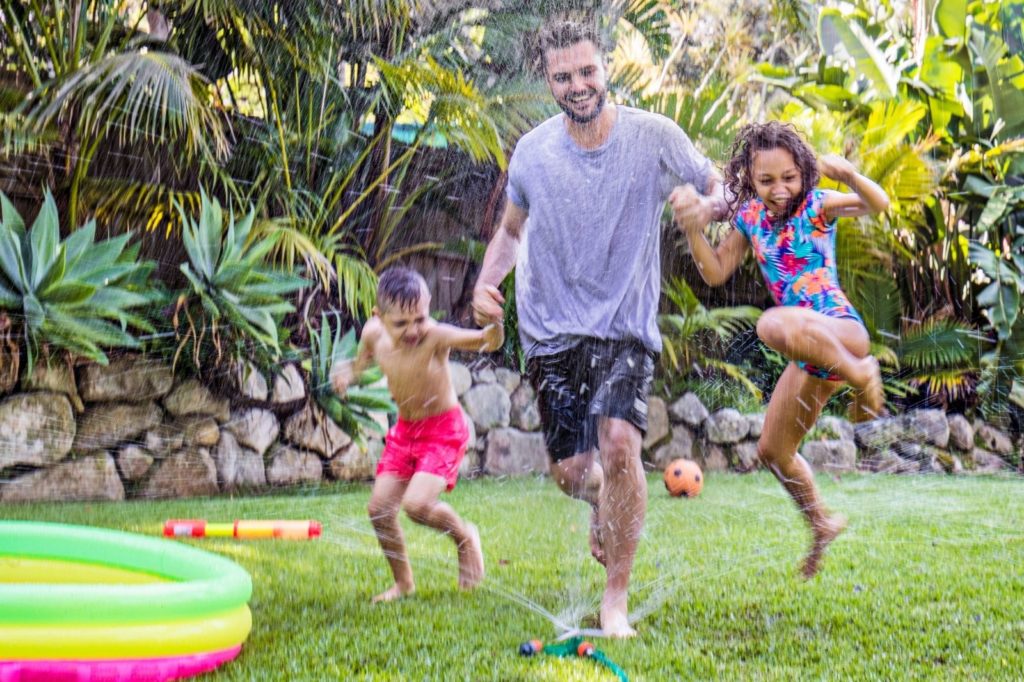The school year is coming to a close and your kids can’t wait for summer. They’re looking forward to staying up late, sleeping in, playing outside and going to the pool. Meanwhile you are thinking ahead, dreading the transition from the structure-less summer to the structure-filled school year and the inevitable challenges for your child once the school year starts.
Children often have difficulty adjusting to transitions and some struggle more than others. Luckily, you can reduce the stress of adjusting to a new school year by adding some light structure to your child’s summer schedule.
The three keys to a well-structured summer
Creating a structure to your child’s summer doesn’t mean having a rigid schedule. There’s plenty of time for spontaneous fun and relaxation. The CDC identified three key factors to creating a successful structure for your child: consistency, predictability, and follow-through.
Having a similar schedule every day incorporates these three factors. Think of it as creating a regular rhythm to each day:
- waking up at the same time;
- eating meals around the same time;
- time for guided activities, balanced with time for unstructured play; and
- going to bed at the same time.
A simple schedule like this can do wonders for a child. The CDC even offers templates you can use with your child to create a summer structure.
Children generally benefit from structure like this because it helps them feel safe and secure. A lack of structure can make children feel overwhelmed by the unpredictability of having endless choices and time. When children know what to expect, it minimizes the intensity and frequency of meltdowns, sensory overload, and anxiety related to unpredictability and change. For example, simply having meals at the same time during the summer can help create a sense of safety and predictability for your kids.
Balance sleep and play for their bodies … and their brains
A summer structure that includes regular bedtimes and wake-up times is important for your child’s growth and development and also for their emotional regulation. (We’ve all witnessed that child having a meltdown because they are overtired and haven’t gotten enough sleep.) Having a regular sleep schedule can also help make the transition back to school much easier if your child won’t have to make drastic changes to their sleep schedule. Additionally, research shows that kids who don’t get enough sleep are more likely to develop at a slower rate and experience more problems in school than kids who are well rested. If you are curious about how much sleep your child should be getting, The American Academy of Sleep Medicine has a list of recommendations.
Structuring your child’s day also ensures they have time to simply play. The American Academy of Pediatrics has found several tangible benefits of play:
- it promotes brain development;
- play encourages development of creativity and imagination;
- it positively influences emotional strength, confidence, and resiliency;
- it promotes decision-making skills; and
- playing with others encourages working in groups, sharing, negotiating, resolving conflicts, and advocating for themselves.
With a little bit of planning, you can ensure your child has a fun and creative summer and a successful start to next school year. Collaborate with your child to create their schedule so they feel a sense of ownership and accountability. Post the schedule where everyone in the family can see it and be sure to enforce the schedule to promote that sense of consistency and predictability.
Once the summer comes to a close, you’ll be able to look forward to a successful start of the new school year rather than dreading it.










